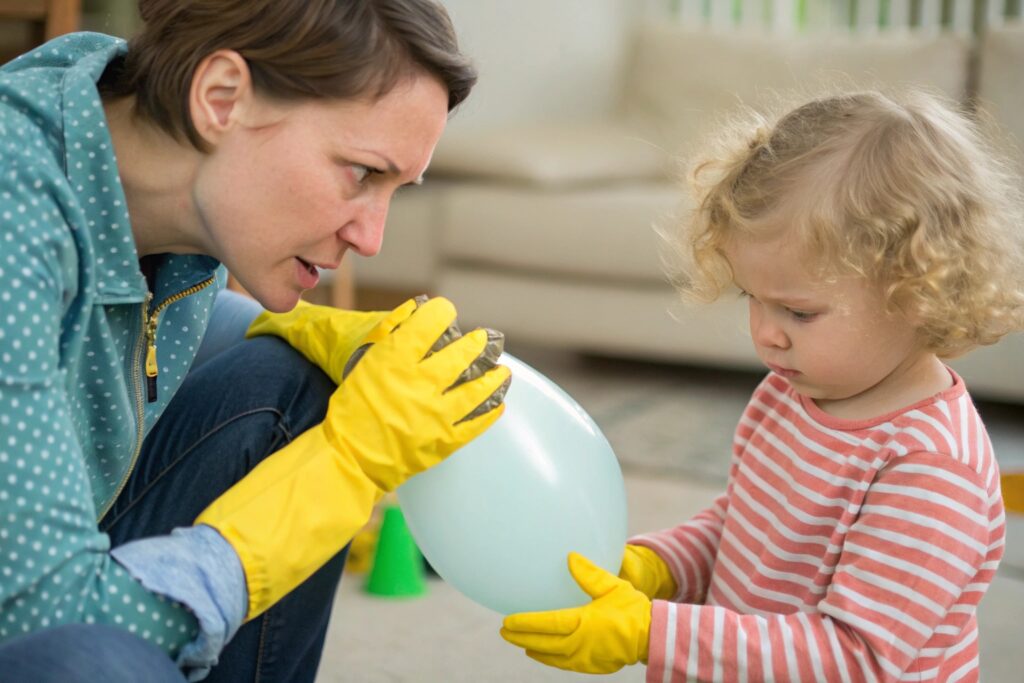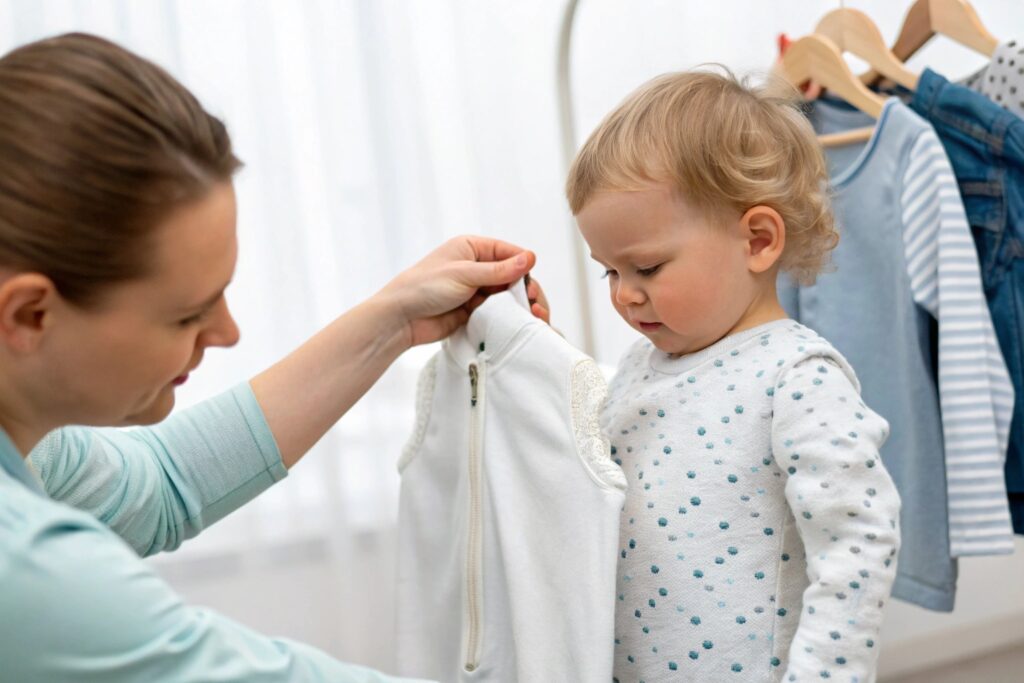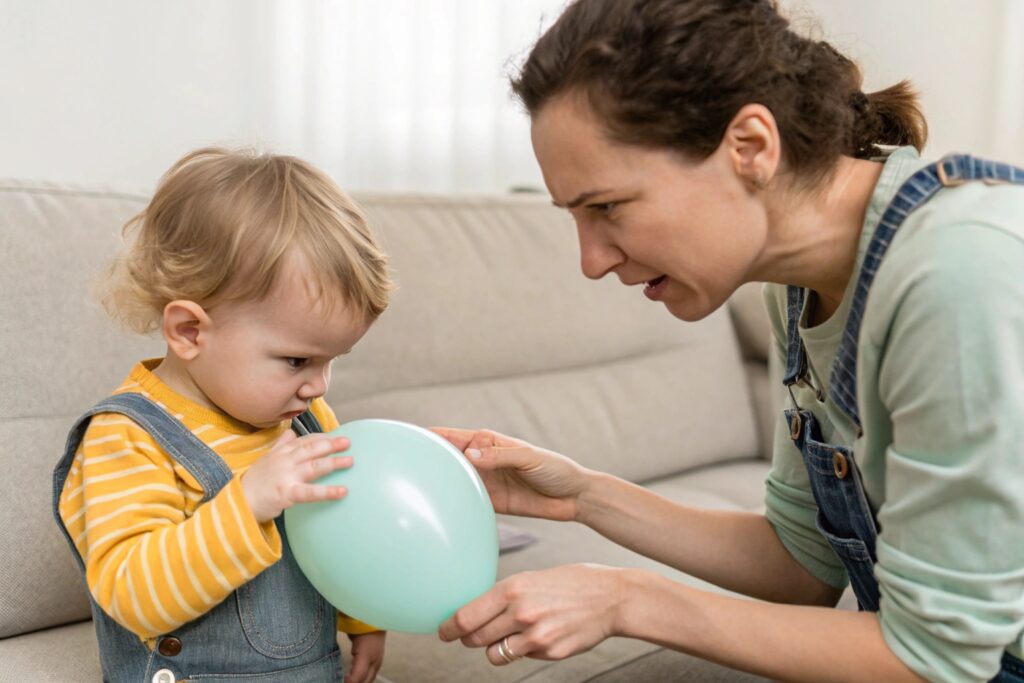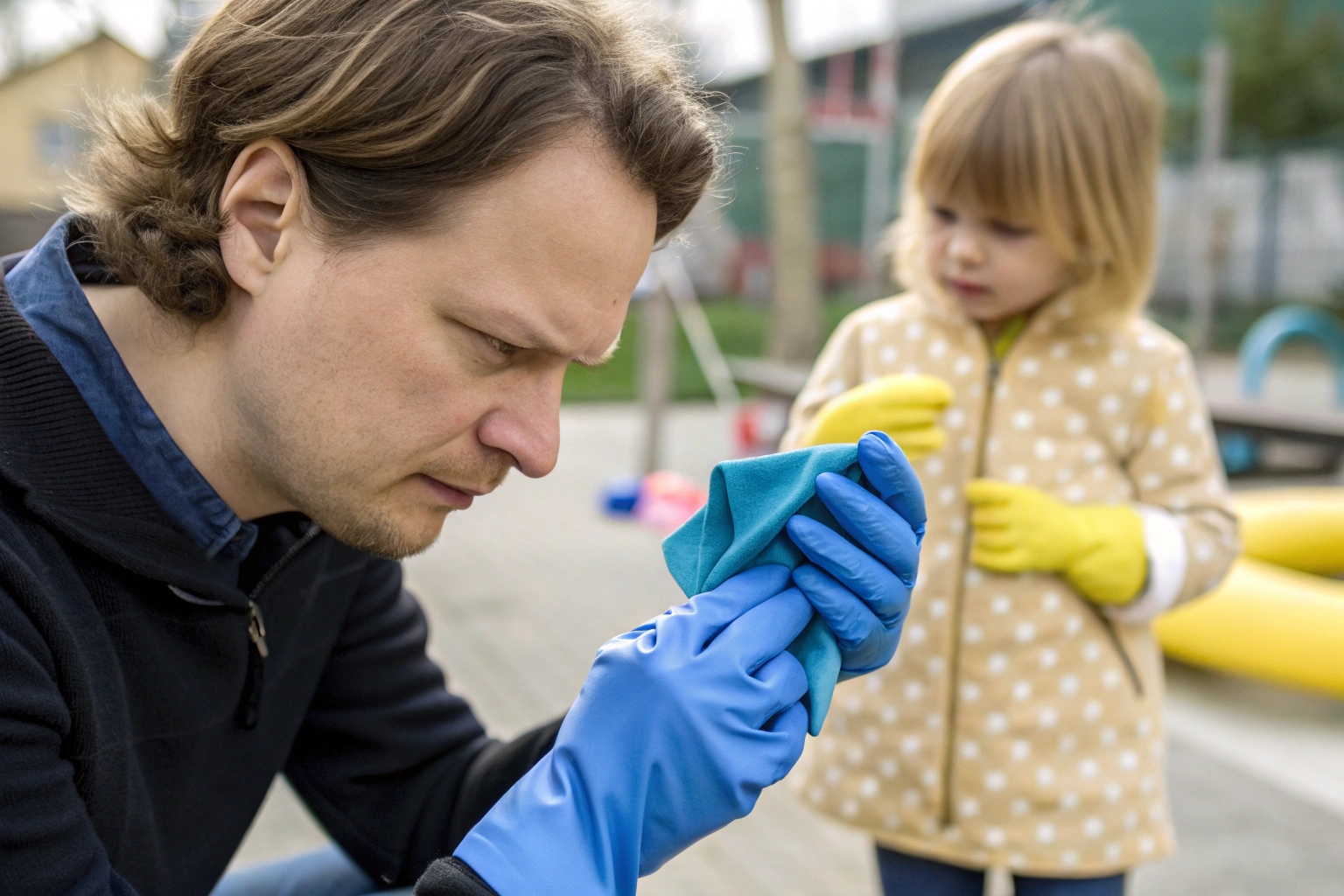Latex is commonly used in gloves, costumes, and clothing accessories. But is it safe for children to wear?
No, kids generally should not wear latex clothing. While latex is used in some products, it can cause allergic reactions in children and is not ideal for sensitive skin.
In this article, I’ll break down latex safety for kids, explain allergy risks, and explore why latex clothing is used more in adult fashion than in children’s wear.
Is Latex Safe for Kids?
Parents often encounter latex in gloves, balloons, or Halloween costumes. But is it actually safe for children?
Latex is not considered safe for regular wear by kids. It can cause irritation or trigger latex allergies, especially in children with sensitive skin or pre-existing conditions like eczema.

Why latex may not be safe for kids:
| Risk Factor | Why It Matters for Children |
|---|---|
| Skin Sensitivity | Kids have thinner, more sensitive skin |
| Latex Allergy | Can trigger rashes, swelling, or breathing issues |
| Tight Fit | Latex clothing restricts movement |
| Heat Retention | Latex doesn’t breathe well |
When is latex exposure okay?
- Occasional, short-term use (e.g., balloons or gloves) is usually safe if no allergy is present.
- Avoid direct skin contact with latex if your child has sensitive skin or a history of allergies.
For clothing, it’s better to choose breathable, hypoallergenic materials like cotton, bamboo, or modal for kids.
Is Wearing Latex Safe?
Even for adults, latex can be uncomfortable. So how safe is it overall?
Wearing latex is safe for people without allergies, but it can cause heat buildup, sweating, or skin irritation. Latex is not ideal for daily wear—especially for young children.

Pros and cons of wearing latex:
| Pros | Cons |
|---|---|
| Form-fitting design | Can overheat skin |
| Waterproof protection | Traps moisture |
| Durable for occasional use | High risk of allergy or irritation |
Safe use tips for latex:
- Always test for skin sensitivity with a small patch.
- Avoid using latex on open wounds or broken skin.
- Wash skin thoroughly after wearing latex items.
For kids, synthetic alternatives like PVC-free rubber or silicone-based materials are safer and more comfortable.
Can My Child Be Allergic to Latex?
You may not know your child has a latex allergy until they have a reaction. So what should you look for?
Yes, children can be allergic to latex. Reactions range from mild skin irritation to severe anaphylaxis. If your child shows signs like rashes or wheezing after contact with latex, consult a doctor immediately.

Signs of latex allergy in kids:
| Symptom Type | Common Reactions |
|---|---|
| Skin Reactions | Redness, itching, swelling |
| Respiratory | Sneezing, coughing, wheezing |
| Severe Allergy | Hives, facial swelling, anaphylaxis |
What causes latex allergies?
- Repeated exposure increases sensitivity over time.
- Children with spina bifida or certain surgeries are at higher risk.
- Cross-reactions with foods like bananas, kiwi, or avocados are common in latex-sensitive individuals.
What to do if your child reacts to latex:
- Remove the item immediately.
- Wash the affected area with soap and water.
- Apply a cool compress or child-safe antihistamine (if advised by your doctor).
- Avoid all latex products moving forward.
Some schools and hospitals now maintain latex-free policies due to rising allergy concerns.
Why Do Girls Wear Latex?
You might wonder why latex clothing appears in fashion, especially in women’s collections.
Girls or women wear latex as part of fashion, costume, or performance styles. It offers a sleek, shiny appearance that fits tightly—but it's not designed for daily or children’s wear.

Why is latex used in fashion?
- Visual Appeal – Latex shines under lights and creates a bold look.
- Body Contour – Fits tightly and highlights curves.
- Thematic or Theatrical Use – Popular in runway shows, costumes, or music videos.
Is latex fashion appropriate for kids?
No. Latex fashion is generally inappropriate for children due to:
- Skin risks (allergy, overheating)
- Cultural or adult associations
- Lack of comfort and practicality
Parents looking for stylish alternatives can consider faux leather, coated leggings, or metallic jersey—materials that offer visual interest without health risks.
Conclusion
While latex has some uses in fashion and functional products, it's not recommended for children. Due to potential allergies and discomfort, kids should wear breathable, safe materials designed specifically for sensitive skin. Always prioritize safety and comfort when choosing clothes for your child.










